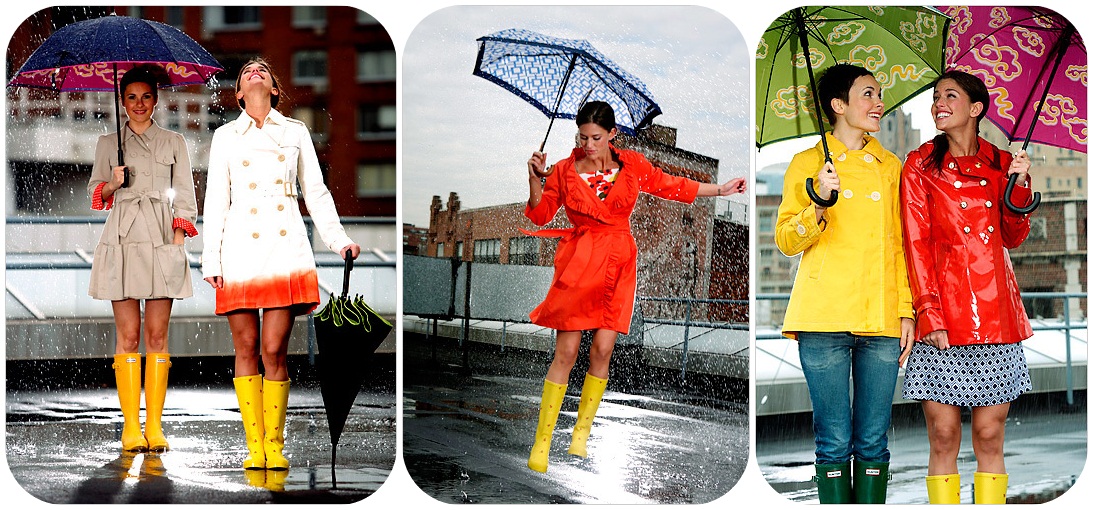 Admittedly, it's a little foolish, to consider, whether rubber boots are waterproof. We meant, that one can certainly ask for a little more: What about security or comfort? Some boots had to fit in these tests.
Admittedly, it's a little foolish, to consider, whether rubber boots are waterproof. We meant, that one can certainly ask for a little more: What about security or comfort? Some boots had to fit in these tests.
What do you want to test on them??" it was said, when we unpacked rubber boots in the middle of summer. "They're all holding tight anyway." We wanted to know exactly, what distinguishes an expensive boot from a cheap model, whether soles hold tractor tires, what they promise, and how it feels, if you have spent many hours in rubber footwear.
Whether rubber boots really hold tight and are comfortable to wear, only proves itself after prolonged use. The leak test brought the expected result: All models offer reliable protection against dirt and moisture.
But what about the durability under mechanical stress? Second test run: Climbing on sharp stones and rocks. This also did not cause any damage to the material.
Back in the studio, stood the test of cut- and tear resistance. Work boots in particular have to withstand a lot besides wetness. Here the first fell by the wayside: Hardly a rubber boot can cope with heavy mechanical stress, Nails, Screws and tools damage the material. However, holes can hardly be sealed permanently. This is especially true for boots made of PVC, the cheaper models in the test. In terms of dimensional stability, PVC models are also not at their best. Fractures in the shaft cannot be completely eliminated. Who wants to be absolutely sure, So have to choose the more expensive boots made of real rubber. It is extremely durable, temperature-resistant and dimensionally stable. Real rubber boots can safely be stored bent, afterwards they return to their original shape.
The fourth test was on the interior. We examined, whether high boots are also lined with a non-slip fabric. Because without this equipment, putting on and taking off becomes a torture.
Minuses there were, if a model did not have an insole with a footbed: Walking comfort shouldn't be a luxury, even with rubber boots. Boots got plus points, whose "inner workings" can be removed for cleaning and drying. Why many professional- and work boots do not have these important features, remains a secret of the manufacturer.
Then we took a close look at the soles: Not every boot is like being on clouds. A substructure that was too thin and inadequate profiling were defective. exception: Sailor boots, Smooth soles are called for on deck.
Comfortable with all rubber boots: easy maintenance. A normal one, A mild detergent and a strong hand brush are sufficient.
Dry again very quickly – When rubber boots got really wet inside too, dry particularly quickly on a wooden frame. How it's done: There are four in the baseboard, six or eight holes drilled. There will be a lot in it 30 to 40 cm long round timber stuck. Drops of water are caught in cat litter or sand.